
A bump-out addition is right for you if you want to add extra space to your home without adding a new room. Learn about the different bump-out addition costs.
Make it one of the best seats in the house


A local toilet pro can help you pick the right type of toilet seat based on the shape, material, or special features you’re looking for.
Toilet seat shape options include round, elongated, square, and D-shaped.
Your material choices range from chip-resistant plastic, available in many colors, to natural or engineered wood, which offer better durability.
Special features like padding, slow-close lids, and even night lights can upgrade your toilet seat.
Whether you're doing some remodeling, just moved into a new home, or simply want to refresh your bathroom, there's more than meets the eye when choosing the right toilet seat type. Finding the perfect fit will increase comfort and the visual appeal of the space. Make the process easy with this guide and narrow it down by shape, materials, and features.

Before you get into the details of choosing your toilet seat, determine which toilet seat shape you need. This is straightforward since the toilet seat shape is the same as the toilet bowl shape. Although there are many types of toilets out there, there are only a handful of shapes.
It’s hard to eyeball the difference between a round or elongated toilet. Grab your measuring tape to be sure and measure the distance between the front center of the toilet and the bolt hole at the back of the bowl. If the measurement is 16 1/2 inches, you know you have a round toilet and need a round toilet seat.
As their name suggests, elongated toilets are longer than round ones. They measure 18 1/2 inches between the bolt hole and the edge of the toilet.
Square toilets are easy to spot because of their unique shape. They’re one of the most modern options, featuring a blocky shape with a square seat. These seats have defined edges and a slight curve in the front.
At first glance, D-shaped toilets are similar to square toilets but more curved. True to their name, the back of the D-shaped seat is straight, while the front is curved.
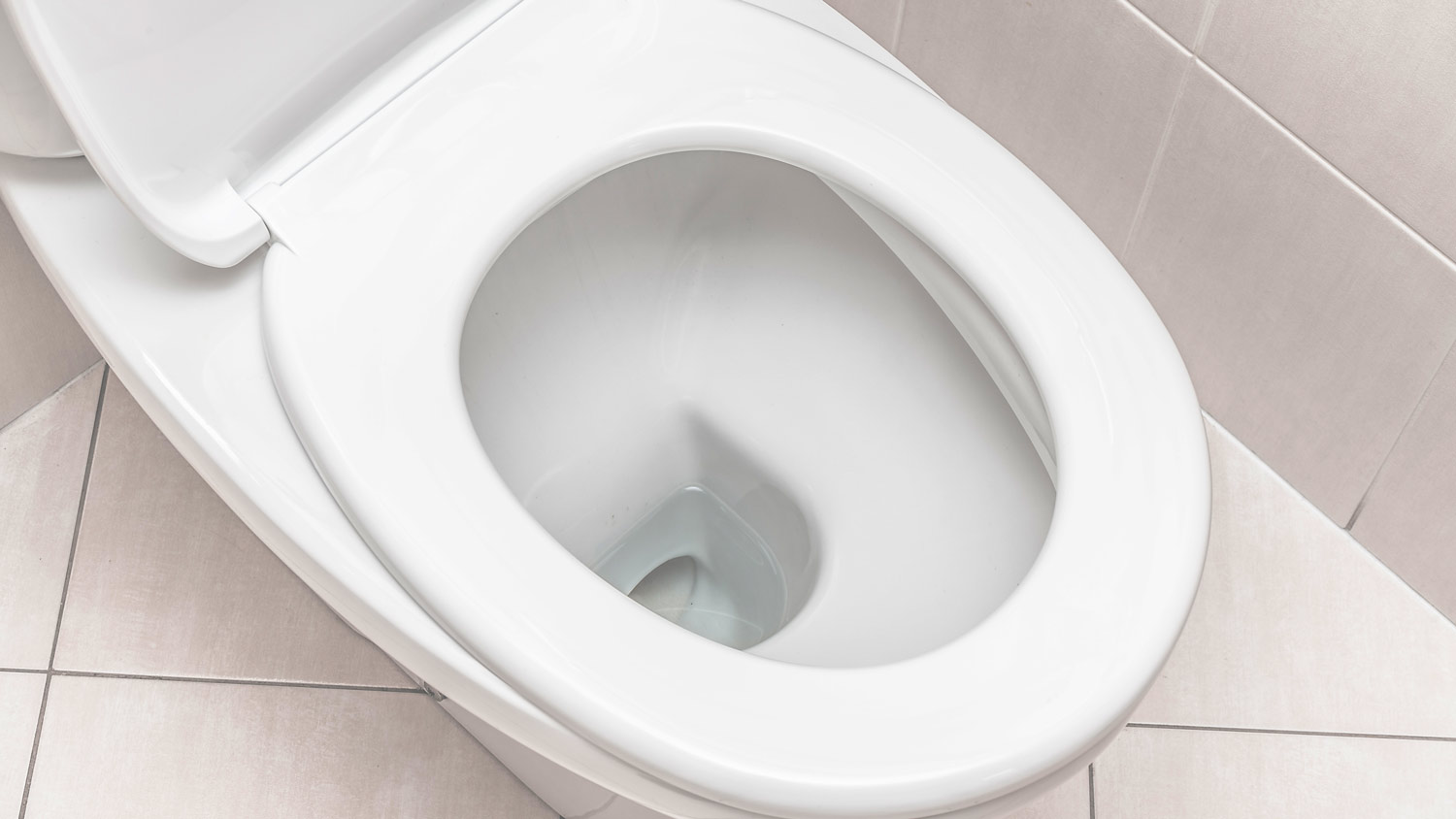
The toilet seat material you choose will have a big visual impact on your bathroom. Also, each material has pros and cons regarding durability, price, maintenance, and more.
There are two types of plastic toilet seats: duroplast and thermoplast. They’re both more affordable and easier to clean than wood seats but are slightly different from one another.
Duroplast seats are more scratch-resistant, and many believe they look nicer. Manufacturers make duroplast seats from cellulose and thermoplast seats with polypropylene.
Thermoplast seats are more cost-effective and more durable. They’re also warmer to the touch compared to duroplast.
Overall, plastic seats are stain- and chip-resistant and available in more colors than wood seats. They come with either plastic or metal hinges.
Engineered wood toilet seats, sometimes called enameled or moulded, are more affordable than traditional wood seats. Manufacturers make these wood seats with repurposed wood ground into wood flour and mixed with resin.
You can find these seats in various colors and finishes, including white, which look like plastic seats. This is a great choice if you want a sleek, modern look in your bathroom.
Wood toilet seats are less common and cost more than plastic ones. They’re warmer to the touch, so you can enjoy a more comfortable seat during the winter. You can choose from different wood types, like oak and mahogany. Additionally, you can choose from different wood finishes ranging from light to dark tones.
These seats are heavier and come with metal hinges. They’re also sealed and are antibacterial and antifungal, so they’re sanitary as long as you clean them regularly. Overall, wood seats are considered more durable than plastic ones.
Hire a toilet installer near you if you want a pro’s insight or if you’re too busy to deal with these details. Expect to pay about $45 to $200 per hour for labor and $20 to $100 or more for a toilet seat. On the other hand, if you decide to scrap your old toilet completely, a new toilet installation costs $225 to $550.
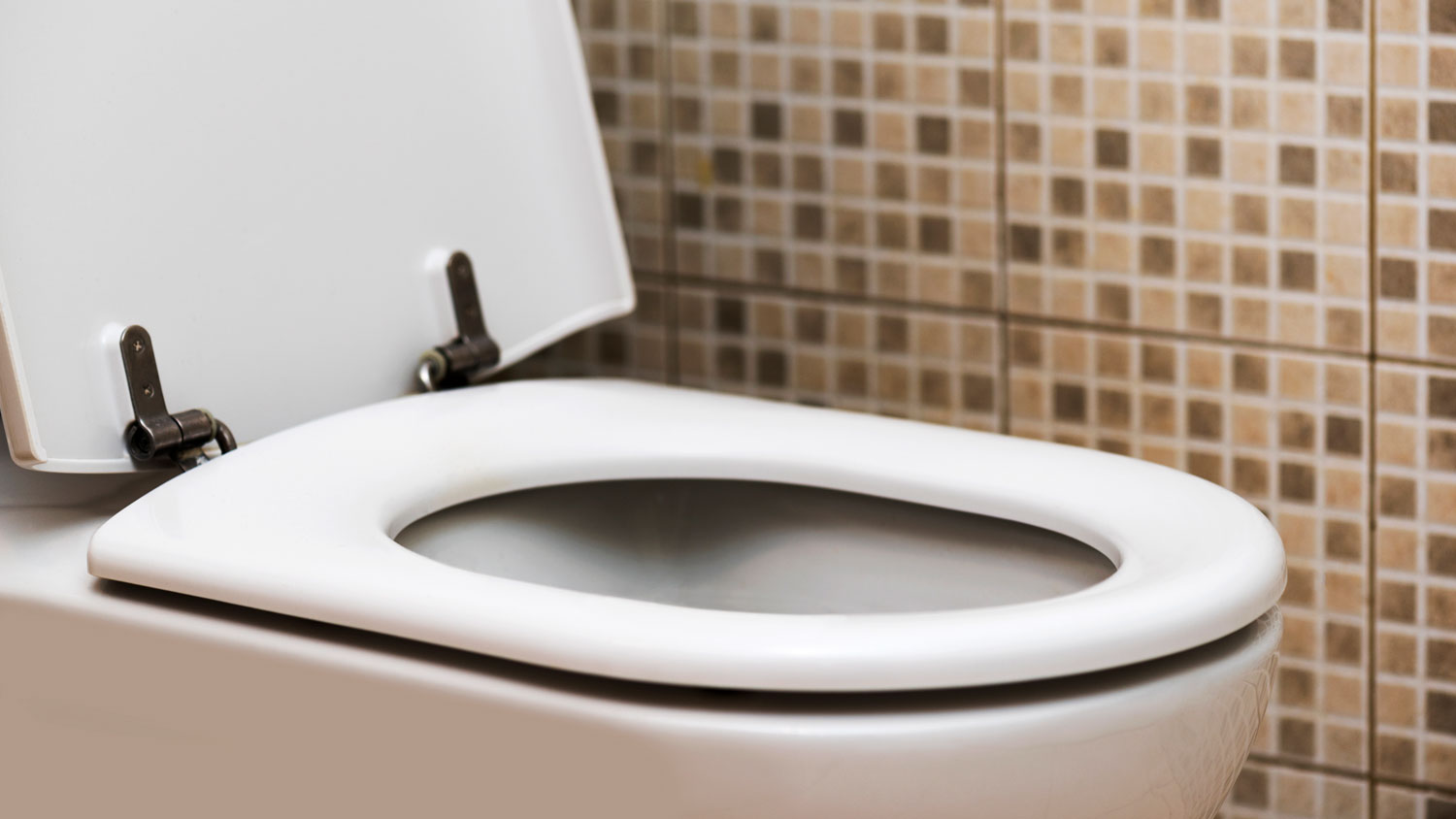
Not all toilet seats are created equal, so consider these special features if you want something beyond the average toilet.
Standard-close toilet seats are the default seat type. If you’re not careful when lowering these seats, these seats make a loud banging sound. It’s also very budget-friendly, so you might go with the standard close if you just want something that gets the job done.
A slow-close toilet seat has special hinges, so rather than the seat falling quickly onto your toilet, it’ll slowly lower and shut without a sound. If you already have a standard close seat you like, you might have the option of switching out the hinges to upgrade it to a slow-close seat.
Quick-release toilet seats are a cleaner’s best friend because the mechanism allows you to easily and quickly remove the seat. You’ll be able to save time when scrubbing the toilet and reach all the nooks and crannies.
A traditional bathroom night-light is nice, but you can upgrade to an in-toilet light for a modern look. These lights are simple to install on most toilets, and some come with features like motion sensors and custom light configurations.
Padded toilet seats are the most comfortable choice. The extra cushion is helpful for households with kids or those over the age of 65, but they’re also great for anyone who prefers a cushioned seat. The downsides are that these seats stain more easily and cost more. You’ll also need to replace padded seats more often than any other seat type.
If comfort is your top priority, install a heated toilet seat. These plug into the wall and have controls for adjusting the temperature. It can work well if you live in a colder climate and want to avoid a chilly toilet seat at night. These are only available in plastic and are sometimes known as a smart toilet seat.
You might not give your toilet seat a second thought on most days, but when it’s time to buy a new one, you’ll have plenty to choose from. Here are some tips to help you find the right fit:
Double-check your toilet type so you get the right seat type.
List special features you want, such as soft close, heated, or night-light.
Choose your preferred color (consider how this will match the rest of your bathroom).
If you’re unsure about plastic and wood, review your budget and see what’s in your price range.
Think about the overall aesthetic of your bathroom before going with anything other than a standard white toilet seat.
From average costs to expert advice, get all the answers you need to get your job done.

A bump-out addition is right for you if you want to add extra space to your home without adding a new room. Learn about the different bump-out addition costs.
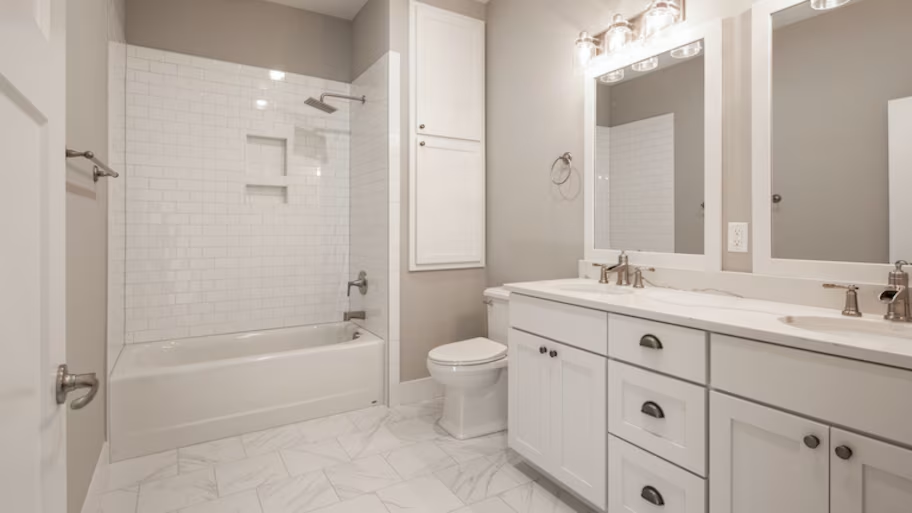
Curious how much a shower remodel costs? From new fixtures to full installations, we have the prices you need to know to establish a shower remodel budget.

Various factors affect the total tub-to-shower conversion cost, including the size of the area, type of shower, materials, and labor fees.
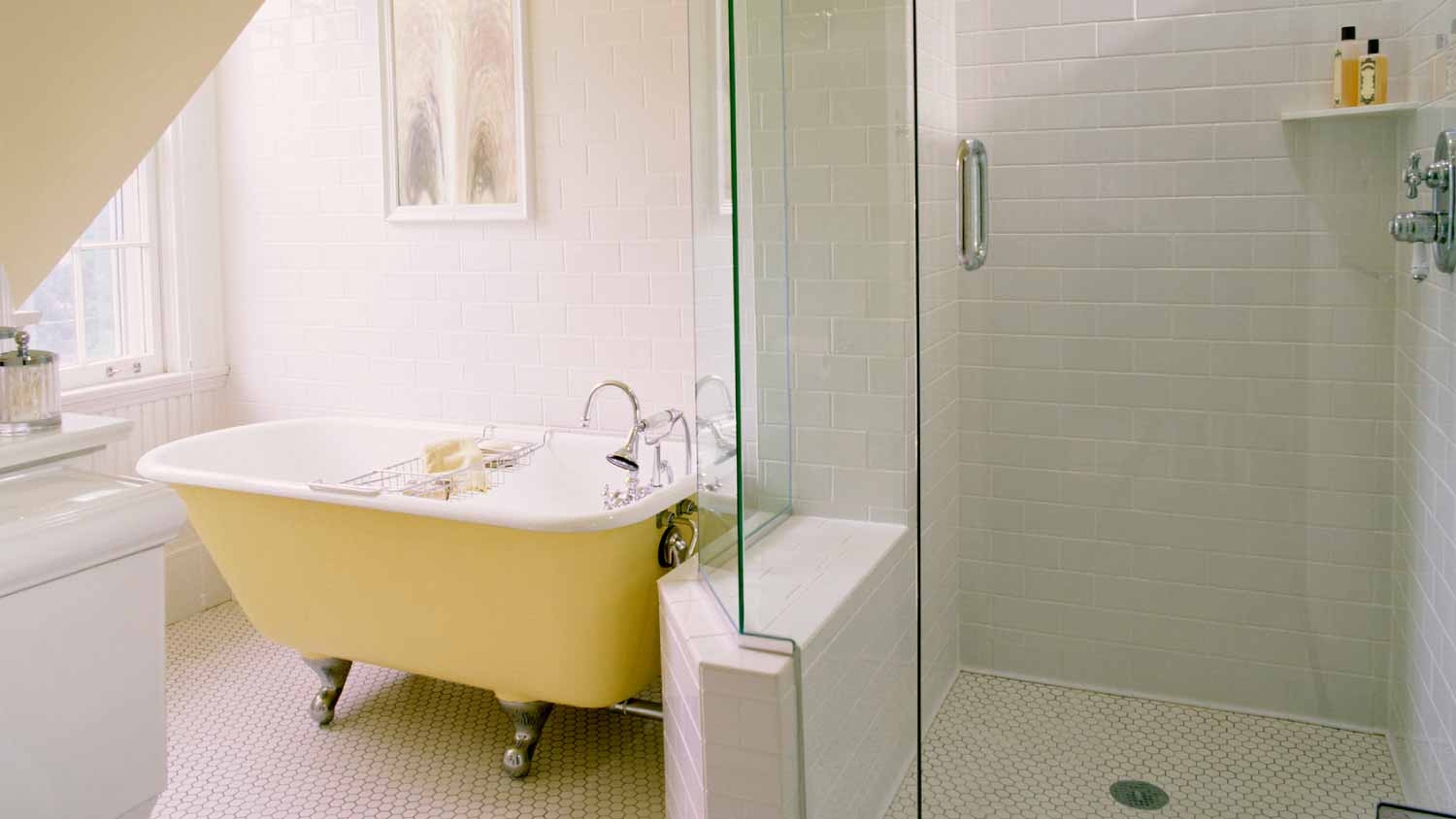
An updated bathtub can give a bathroom a whole new look. Find out how much it costs to replace a bathtub in Indianapolis, IN, including prices by type and labor costs.
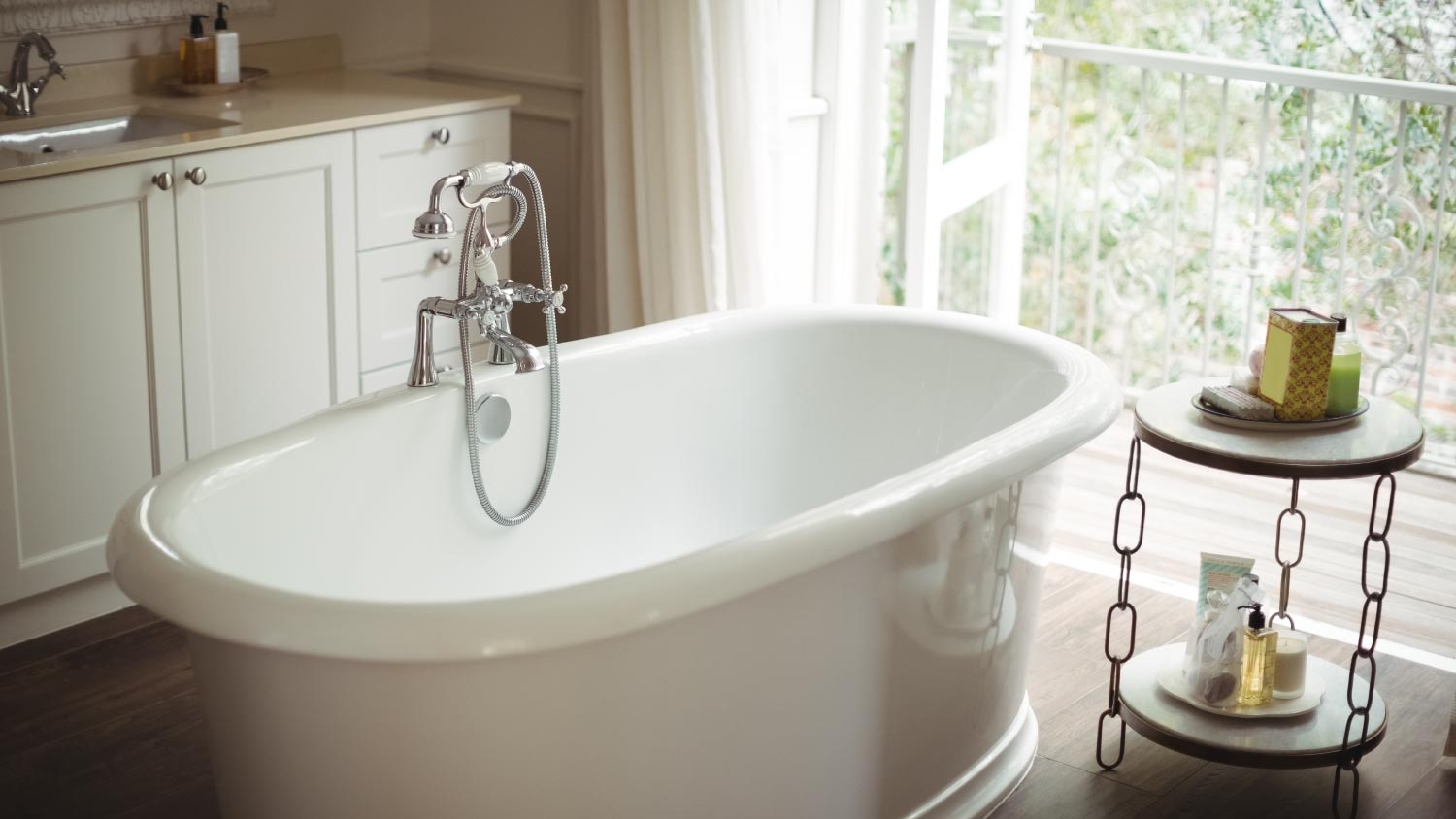
An updated bathtub can give a bathroom a whole new look. Find out how much it costs to replace a bathtub in Los Angeles, CA, including prices by type and labor costs.

Planning a home renovation? Here’s how to avoid common house remodeling mistakes, so you can enjoy a picture-perfect home and save money in the long run.